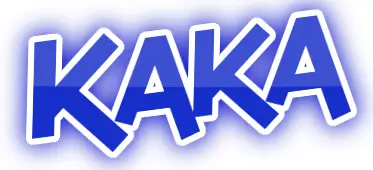Lessening waste and expanding asset effectiveness are center standards of manageability and roundabout economy rehearses. These standards expect to limit the utilization of assets, diminish natural effect, and upgrade the utilization of materials all through their lifecycle. This is the way organizations and people can accomplish these objectives: 1. Counteraction and Decrease of Waste: Organizations can forestall squander by embracing practices, for example, lean assembling, which centers around dispensing with squander underway cycles. This includes advancing work processes, decreasing overabundance stock, and limiting overproduction. People can decrease squander by rehearsing careful utilization, keeping away from single-use things, and picking items with insignificant bundling. 2. Reuse and Repurposing: Organizations and people can expand the life expectancy of items and materials through reuse and reusing. This incorporates fixing and renovating items, giving things to good cause, and tracking down imaginative ways of giving new life to old materials. By expanding the helpful existence of items, less waste is created, and less assets are consumed. 3. Reusing and Recovery: Reusing is a vital system for boosting asset productivity and decreasing waste. Organizations can carry out reusing programs for materials like paper, plastic, glass, and metal, redirecting these materials from landfills and once again introducing them into the creation cycle. People can partake in reusing programs in their networks and pursue cognizant decisions to reuse things whenever the situation allows. 4. Fertilizing the soil and Natural Waste Management: Natural waste, for example, food scraps and yard squander, can be treated the soil to make supplement rich soil changes for nurseries and arranging. Organizations and people can carry out treating the soil projects to redirect natural waste from landfills and decrease ozone depleting substance discharges related with disintegration. 5. Energy Productivity and Conservation: Augmenting energy proficiency is one more method for lessening waste and limit natural effect. Organizations can put resources into energy-effective advancements, overhaul lighting and air conditioning frameworks, and execute energy the executives practices to decrease energy utilization and lower working expenses. People can preserve energy by switching out lights and apparatuses when not being used, utilizing programmable indoor regulators, and picking energy-productive machines and lighting. 6. Water Conservation: Water is a limited asset, and saving it is fundamental for maintainability. Organizations can carry out water-saving innovations and practices like low-stream installations, water-productive water system frameworks, and water reusing and reuse frameworks. People can ration water by fixing spills, diminishing water utilization in finishing, and pursuing water-saving routines, for example, cleaning up and switching off fixtures when not being used. 7. Store network Optimization: Organizations can advance their stockpile chains to lessen squander and further develop asset effectiveness. This includes teaming up with providers to limit bundling, lessen transportation outflows, and advance stock levels. By smoothing out store network cycles and lessening waste all through the worth chain, organizations can improve proficiency and diminish ecological effect. By executing these procedures, organizations and people can add to diminishing waste, saving assets, and making an additional economical and strong future.
